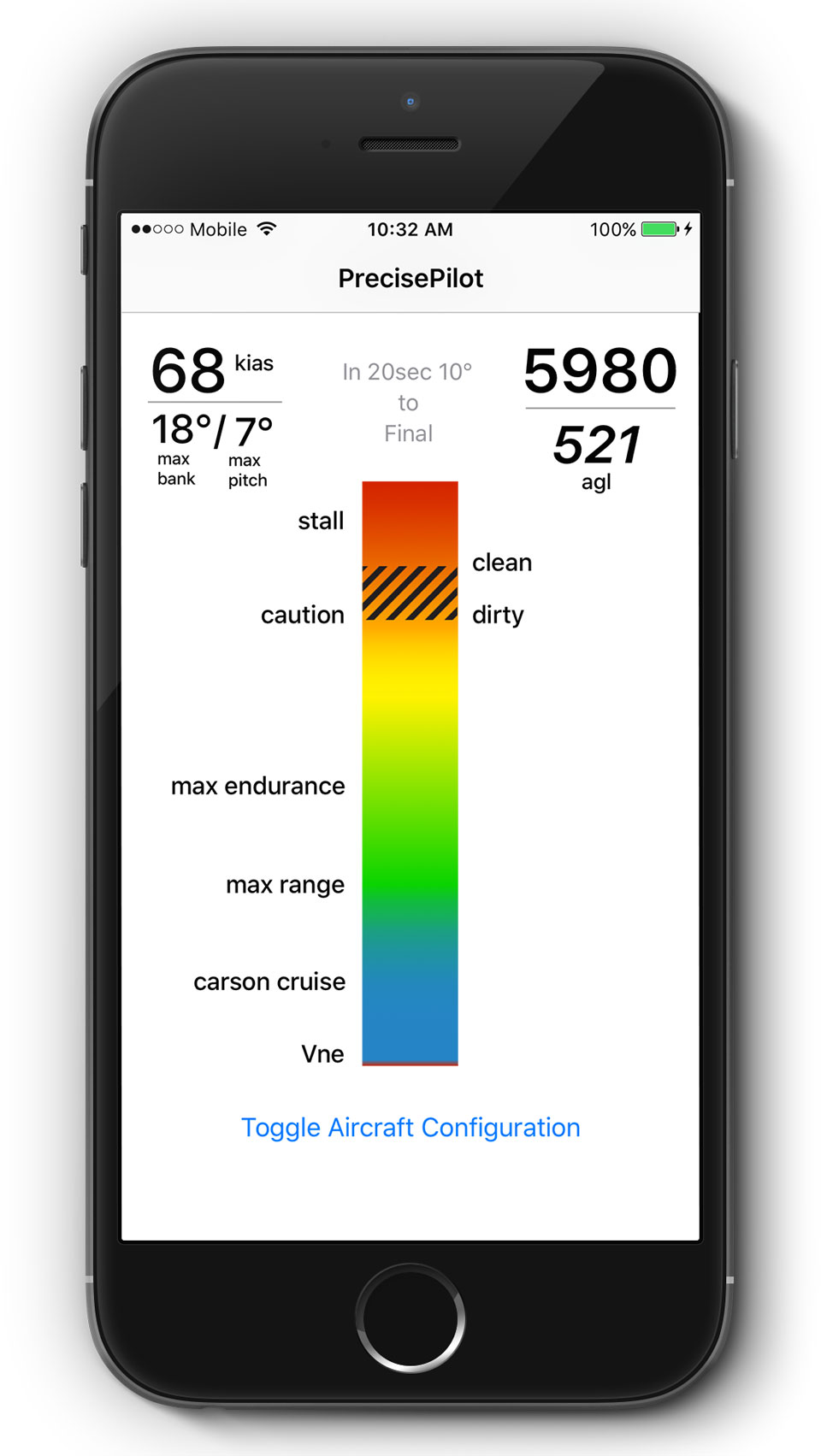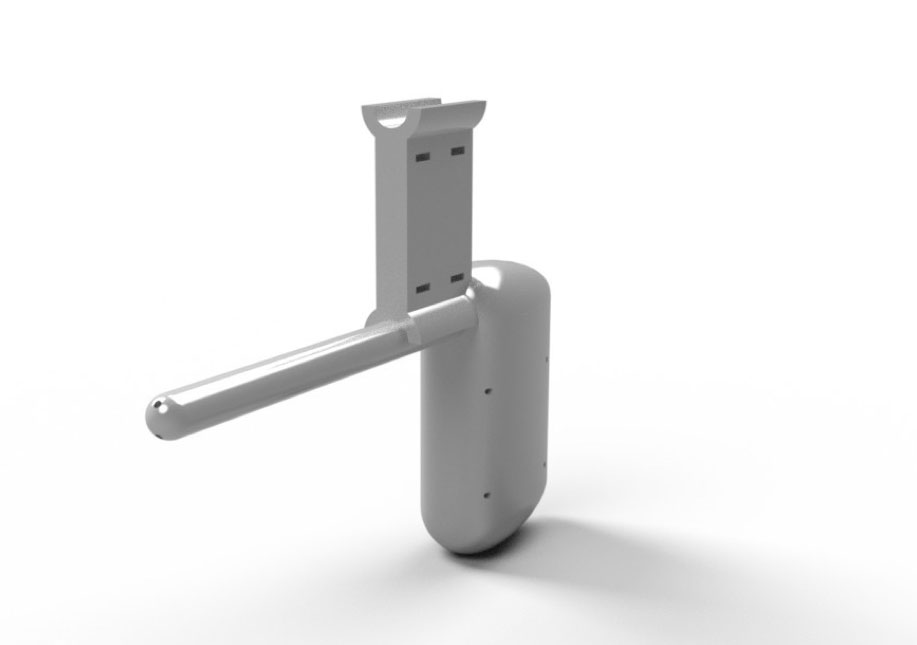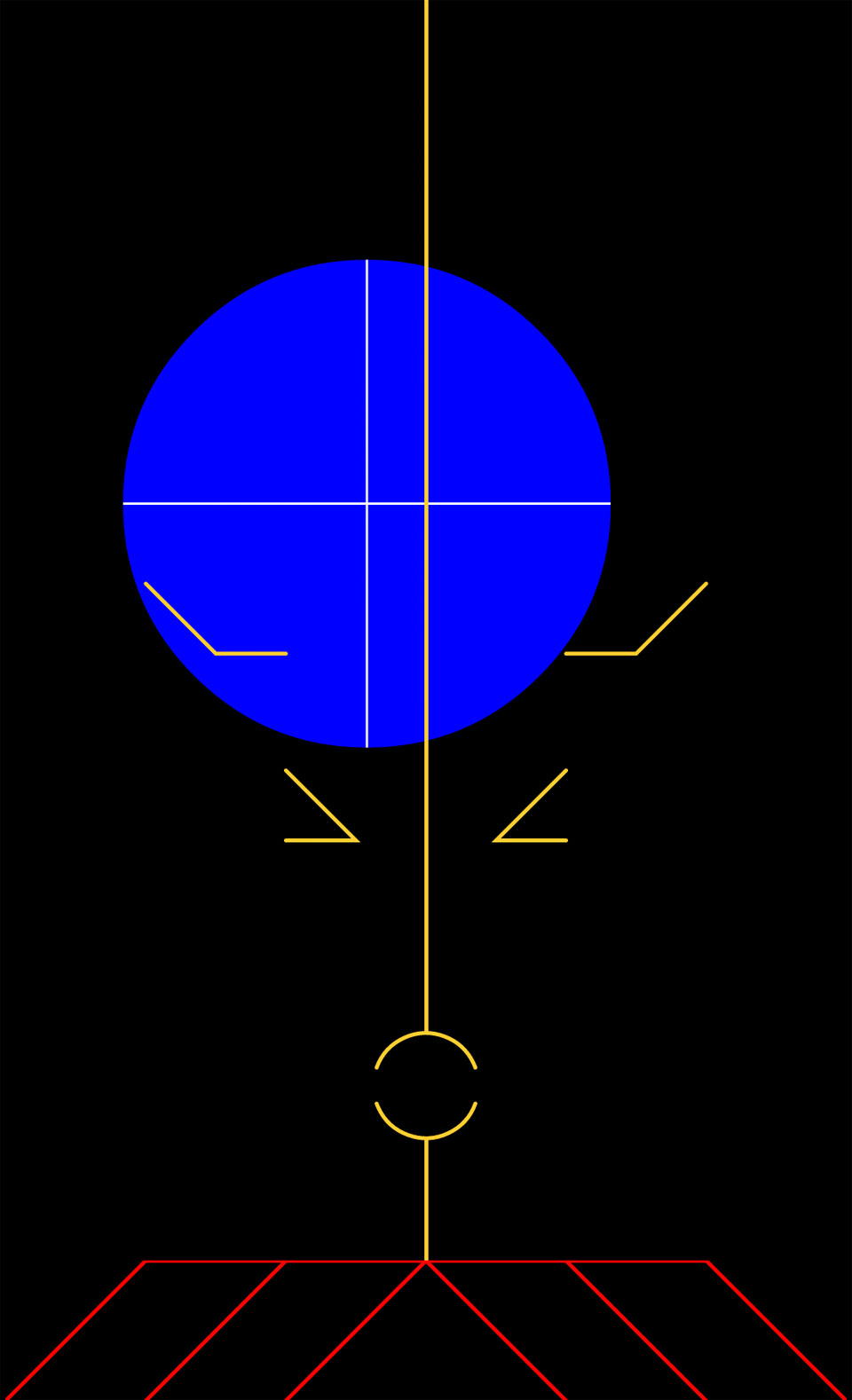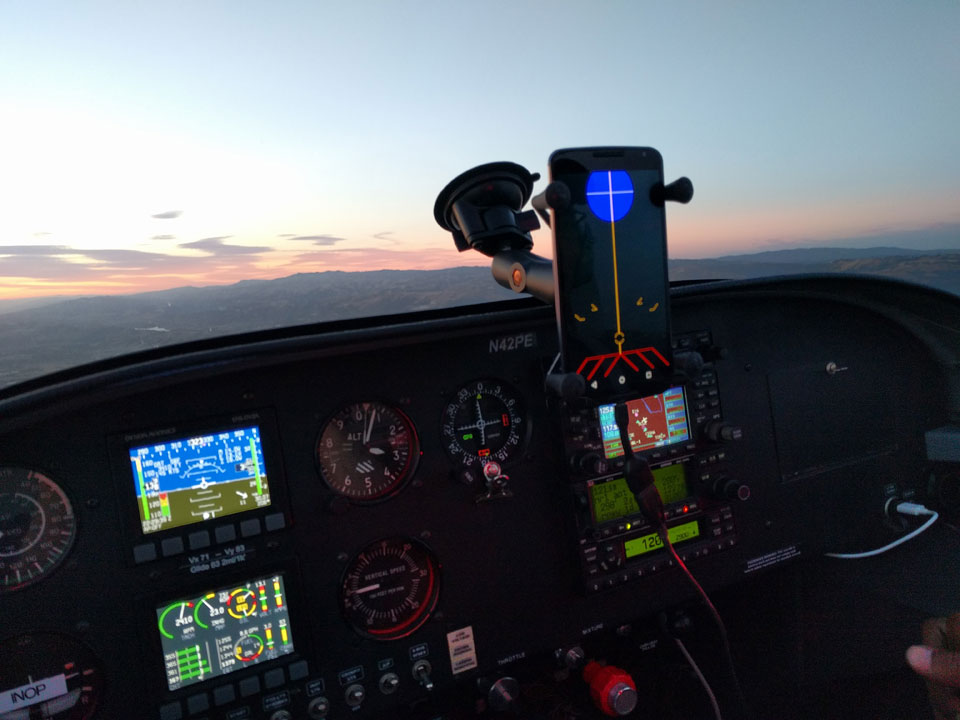Founder’s Innovation Finalists Forging Forward
By Beth E. Stanton
August 24, 2016 - On July 26, 2016, five finalists chosen from a field of 140 applicants proposed their ideas to reduce loss of control (LOC) incidents at Theater in the Woods during EAA AirVenture Oshkosh. The Founder’s Innovation Prize, created by the EAA Safety Committee, is an XPRIZE-like contest with winners taking away $25,000 for first place, $10,000 for second, and $5,000 for third. Presented by Airbus Group, the 2016 contest aimed to find innovative solutions to reduce the LOC accident rate in the general aviation community by 25 percent in 5 years and 50 percent in 10 years. Renowned aviation experts Charlie Precourt, EAA 150237; Michael Goulian, EAA 259398; Rod Machado, EAA 340878; Dick VanGrunsven, EAA 3204; and Dave Morss, EAA 133735; evaluated the presentations. Judging criteria were low cost, ease of installation, wide applicability to the GA fleet, and effectiveness. The five finalists’ solutions encompassed technology, training, and a combination of both.
First place: Airball
Ihab Awad, San Jose, California
We intend to tighten the feedback loop between pilot and airplane, giving the pilot a direct link to the physics of flight via accurate data in all flight modes. - Ihab Awad
In the 1944 classic Stick and Rudder, Wolfgang Langewiesche explained that controlling the relative wind is the key to aircraft control and performance. LOC incidents are preceded by a loss of control of the relative wind. “Yet the wind is invisible, our measurement of the wind is spotty, and we scatter the information around in a bunch of different instruments,” Ihad said.
He created the Airball app that depicts a blue ball representing relative wind that changes size and position depending upon direction of the relative wind. Airball measures all three components of relative wind (IAS, AOA, and yaw) and displays this information in a single, intuitive visualization. His concept addresses yaw, unlike common AOA solutions available. The air data is displayed in one place, making it easy to glance at even when busy. The display is numberless, so a pilot gets a picture of their air data state in an instant, and remembers pictorially what good situations look like in different flight modes. “This data display encourages pilots to make a habit of consulting the display to both improve their everyday flying, as well as to eke out the maximum performance from their planes in a tight spot,” Ihab said.
As the team investigates the cost structure of avionics products, one price estimate for Airball is a $500-750 premium compared to popular AOA gages. Another estimate puts $1,550 as the total system cost. Ihab is currently building a prototype to be installed and tested on both experimental and Part 23 airplanes. A prototype installed on a local flying club plane will elicit feedback from CFIs and students. The prize money is enabling him to use professional quality resources to speed up his project. He plans on purchasing a Windows computer to run SolidWorks to expedite his CAD work and can now afford to use high quality 3-D printing. He has purchased custom printed circuits and components to make test prototypes.
His project is offered free for use by hobbyists and commercial vendors alike. He is encouraging others to experiment with his project and share their results. “If by Oshkosh 2017 there are commercial products available that use our ideas, we will be delighted,” he said.
Second place: Precise Pilot
Grant Sprunger, Boulder, Colorado
LOC isn’t purely an aerodynamic problem, but also an issue of how pilots understand their airplanes. - Grant Sprunger
Grant Sprunger wants to entice pilots to fly with performance and precision. PrecisePilot is a Bluetooth enabled pitot-static tube that clips to an airplane’s current pitot tube paired with an iOS/Android display. It analyzes data from multiple sources to track flight performance history and to provide suggestions to fly smarter and safer. Through angle of attack information, PrecisePilot will warn the pilot before a loss of control event and advise corrective action through visual, aural, and haptic feedback. The device uses aerodynamic data instead of inferring from sensors within the cockpit. PrecisePilot has an emphasis on training and understanding your aircraft. “Loss of control tools are only effective if the pilot uses them every time,” Grant said. “I want PrecisePilot to be a tool you'll fall in love with and use not only for loss of control, but for tracking and improving your flight performance, keeping precise patterns, and displaying real-time calculations a pilot would otherwise need to do on the fly.”
While presenting at the contest, Grant got some new ideas for his project. “The judges were curious whether spins could be detected and prevented,” he said. “I plan to add spin detection and cross control stall detection to PrecisePilot without any extra expense to the hardware. Flight performance grading will also take into account coordination and offer suggestions to keep coordinated, especially in the pattern. Also, the user interface will include a representation of coordination in conjunction with AOA.”
Grant plans to use his prize money to assemble a product team. He wants to raise at least $100,000 in capital to bring the PrecisePilot hardware and software through testing, FCC and FAA certification, and to its first American-made production run. Units will sell for $299. He welcomes suggestions for how PrecisePilot could help you become a better pilot and is encouraging sign-ups to be considered for his beta testing program.
Third place: Energy State Awareness Display
Andrew Skow, Tehachapi, California
It’s not just an idea. We’ve built it and every pilot who has flown it believes it can really make a positive impact on the LOC accident rate. –Andy Skow
Confronted with an emergency situation like an unexpected stall, most GA pilots lose the ability to access some of their knowledge and training. A successful energy alerting system needs to recognize that pilots who need the alert are operating in a cognitively impaired, distracted, or confused state. AOA instruments alone or alert cues buried on a busy primary flight display do not take this fact into account.
“We knew that if we are going add new information to a cockpit, the information would need to be formatted so that the pilot would be able to receive, understand, and use it in a timely way,” said Andy Skow, Energy State Awareness (ESA) Display co-inventor. “To achieve this, we established a new set of human-factors design criteria that we believe are innovative.”
The ESA Display is a multi-sensory alerting system measuring airspeed, load factor, and angle of attack. The self-funded team focused on the Useful Field of View (UFOV) concept. UFOV encompasses the visual area over which information can be extracted without eye or head movement. The ESA Display is placed inside the pilot’s UFOV, with a minimum-clutter, high contrast background. The bright RGB LED circle changes color from green to yellow to red and can be easily seen and interpreted by a pilot. Aural alerts also warn pilots as they approach stall.
Flight testing in a C-182 and NASA’s High Fidelity Transport Aircraft Simulator resulted in positive evaluations from the pilots. The kit is applicable for commercial, business/corporate, and general aviation. Target pricing for the kit for GA aircraft is $1,895. “It makes you feel good to think that you are going to make a positive contribution to safety,” Andy said. His best friend and EAS co-inventor Pete Reynolds died of cancer two years ago after the initiation of the project. Pete’s wife has set up an endowed scholarship at Wichita State University. Andy will be adding his FIP prize money to the fund in Pete’s memory.
Fourth place: Homebuilt Digital Copilot
Henry Burrow, Clover, South Carolina
You could use the HDCP as the entire instrument panel on a minimalist homebuilt aircraft. For factory built aircraft, the HDCP is the least expensive and most comprehensive non-certified back up you could have. - Henry Burrow
Henry combined a tablet computer with two different low-cost, single board computers (SBC) with a myriad of very low cost auxiliary boards designed for use with those SBCs. GPS, solid-state gyros and accelerometers, electronic compass, temperature and pressure sensors, and more are included in his Homebuilt Digital Copilot (HDCP). The HDCP has 16 primary functions including as a laser-based "poor man's" radar altimeter, a flight parameter recording ability (“black box"), a cabin mounted carbon monoxide sensor and alarm, a lightning strike distance reporting system, a high definition belly-mounted camera capable of automatic photo and video time elapse flight photo-journaling, an ADS-B In receiver with traffic and weather displays, a complete EFIS engine monitoring system, GPS derived virtual instrumentation, and AOA indicator. All these functions have both audio and visual capabilities due to system speech recognition and speech synthesis capabilities.
These various functions were designed to increase the pilot's situational awareness as well as to reduce the pilot's distractions (such as the pilot trying to operate a video camera while flying). All functions may be accessed by voice control commands without the pilot having to punch any buttons on the HDCP if he prefers. A virtual assistant can even be programmed to read off checklists. The black box function, camera, and the in-flight memo functions all record to separate, dedicated SD cards for easy access after a flight.
The total cost of this device using all new components will be less than $800. Henry has filed a provisional patent and is undecided on how next to proceed with the HDCP. One consideration is to make this an open source project and invite other programmers to sign on for the challenge of brainstorming with him on the code. Another is to find a person or company to help him turn it into a commercial product. He invites people to write him at HomebuiltDCP@gmail.com
Fifth place: Virtual Reality In-Aircraft Platform
Chris Moody, Lusby, Maryland
My interest was mainly to highlight what I believe is the significant potential of the new technology of Virtual Reality to aviation LOC and emergency training. - Chris Moody
Fatal LOC happens close to the ground and is usually preceded by some adversity. Since actual training for LOC low to ground is unsafe, yet important ground cues are lost training at higher altitudes, Chris’ premise is to “raise up” the terrain seen by a student using a virtual reality in-aircraft (VRIA) training environment.
Since the training occurs in an actual airplane, it preserves the feel lacking in a simulation environment. Virtual reality (VR) goggles display binocular 3-D video and tracks head movement to immerse the wearer in a virtual world. Chris believes that the significant VR development focused primarily on gaming can be leveraged into a flight training environment. He envisions a high-resolution virtual practice area that would include a generic GA airport with typical pattern environment. Forced landing hazards and obstacles could be included for realistic emergency training such as forests, fields, developed areas, roads with traffic, and power lines.
His notional concept includes both problems to be solved and promise. Some considerations would be integrating the split between the virtual world outside and the real world inside the cockpit. This could be potentially solved by integrated video from a forward facing camera into the VR goggles. Processor requirements are also an issue. Current VR systems recommend high-end desktop systems with powerful graphics cards. A smaller, portable, and less energy-consuming system would be necessary for use in an aircraft.
He believes his concept could be effective by enabling training that targets specific LOC scenarios. It would be applicable to all GA pilots by training in the aircraft they actually fly. Units would be self-contained and temporarily installed. More component evolution and app-specific development is needed to determine cost, but he thinks a package selling in the $5,000-$10,000 should be achievable with the cost spread over many pilots and aircraft. Chris describes himself as an idea guy and isn’t planning on working further on his concept. “If there were any interest from a developer, I would be glad to see someone run with it. I’m happy to help anyone carry it forward,” he said. Chris may be reached at cmoody8631@gmail.com.
What’s Next
“I find it extremely interesting that out of 140 applicants, all five finalists in some way are digital solutions,” said Andy Anderson, Airbus COO, at the conclusion of the contest. “I like the simplicity of their solutions. When you move into the digital world, you can make complex solutions easy with software.”
Chief judge Charlie Precourt said he is pleased that the contest served as a catalyst for viable LOC solutions. “I think a lot of the folks who are watching are going to start to see what we’re thinking of as potential solutions,” he said. “They are going to grow them and expand on them. Now that this is percolating, people will get into testing and demonstration. That's when we’ll really start to know the effectiveness a system is going to be in reducing LOC.”
First place winner Ihab said he was pleased and humbled with the contest outcome. “I think the new experimentation is going to be in homebuilt digital systems that solve avionics problems in new ways,” he said. “To that end, I am really happy that the EAA is sponsoring this and we are actually doing it. It’s not just riveted aluminum and fabric anymore. It’s actually the cutting edge of what geeks are building everywhere and we are applying it to aviation. I think that's very exciting.”




